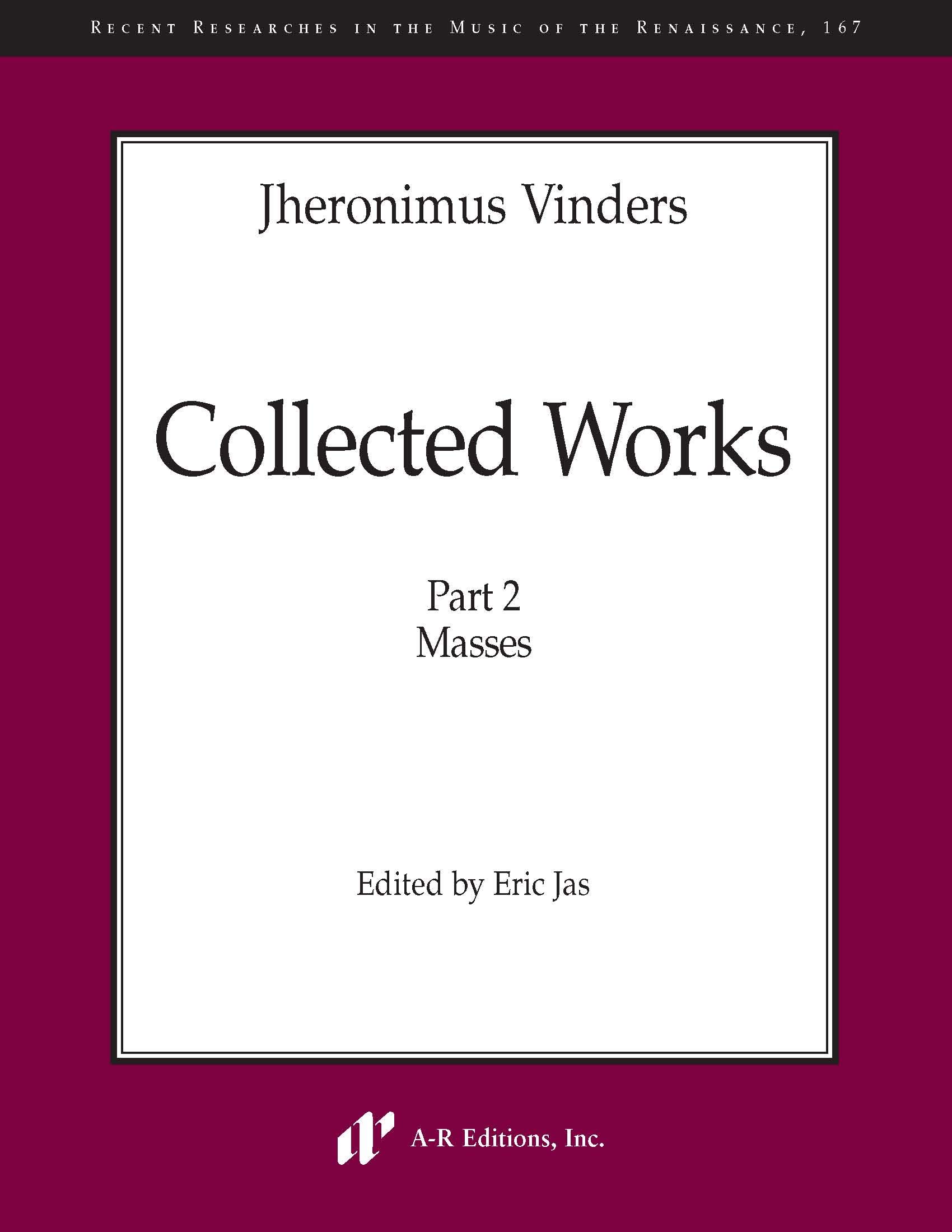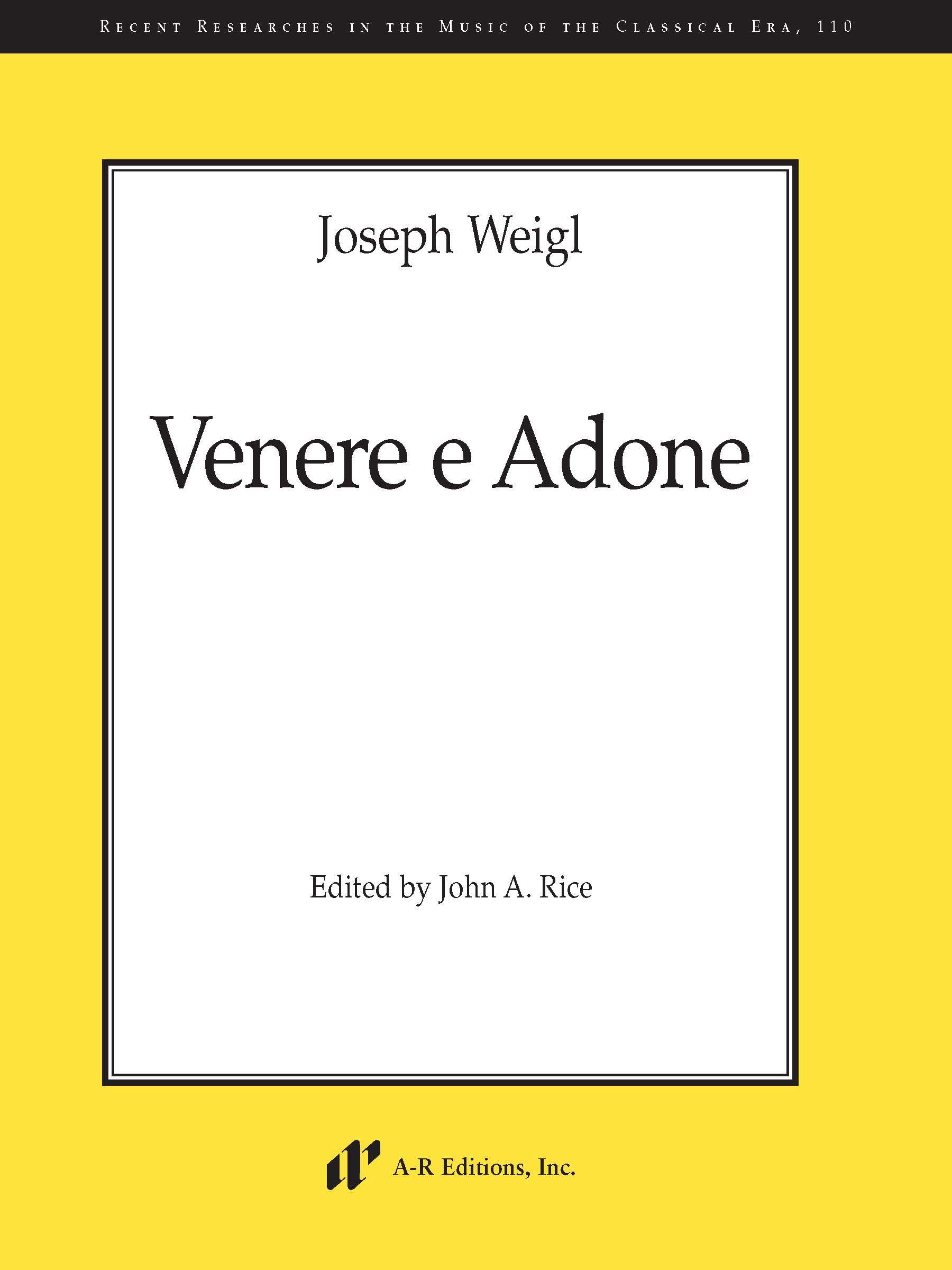ed. Maddalena Bonechi.
Biblioteca Musicale no. 33
Lucca, 2018: Libreria Musicale Italiana
xi + 143pp, €25.
ISBN: 9788870969542
Younger than his brother, Marco da Gagliano (1582-1643), under whom he began to study music, Giovanni Battista da Gagliano (1594-1651) was trained in Florence from the age of 5, at the school of the Compagnia dell’Arcangelo Raffaele, as a singer, theorbist, music teacher and composer. The Compagnia, in which both brothers were active, included Cosimo de’ Medici, Ottavio Rinuccini, Giovanni Bardi and Jacopo Peri, connections that assured their careers. Giovanni became maestro di cappella of the Compagnia itself, and later obtained similar posts in the most important churches of Florence and the Medici court. He composed opera as well, and in collaboration with Francesca Caccini. Most of his published output, mainly sacred, is lost.
He had close contact with secular vocal music from
madrigals to monody accompanied by continuo, and to opera, and was active
himself as a singer and theorbo player. He also knew poets of these forms
personally. But demands to produce sacred music left him little time to devote to
other books following his first and only book of Varie musiche. The collective titleof ‘Various Songs’ has a
modest ring, even if the small print on the frontispiece adds Nuovamente composto & dato in luce, compared
to the reiterated ‘New’ used by Caccini for
Le Nuove musiche of 1602 and Nuove musiche e nuova maniera di
scriverle of 1614. The table of contents,
however, reveals that Gagliano’s intention was the variety of his Libro primo, and a closer look reveals
the exceptional quality of these small forms.
In the first 66 pages of this first modern edition Maddalena
Bonechi presents, in Italian only, the composer, the source, the poetry, her
editorial criteria and a critical apparatus. She discusses the rhyme schemes and
typologies of the 26 poetic texts set by Giovanni, in relation to his settings,
15 of which are strophic. The through-composed ones are remarkable for their
internal variety. The sonnet Ninfe, donne
e regine, for two sopranos, for example, is through-composed. The poem
gives coherence to the piece, while the music, always contrasting longer and
shorter notes, upward and downward motifs, and differently shaped melismas, gives
each of the 14 lines of poetry a distinct interpretation, employing typical
madrigalisms with success. Even in the short solo strophic songs (some only
half a page long) the continuo lines are impressively well-written. Giovanni
was, above all, a consummate master of polyphony. The complete texts are given with
a few footnotes in one of the introductory sections, but since over half of
them are strophic, those texts (without the first stanza) reappear following
the music. This duplication could really have been avoided by printing the complete
text for each piece, along with its sparse annotations, immediately after each
musical setting, and nowhere else.
The music starts on page 69, finishing on 143. The
small format (24 x 17cm) makes it hard to keep such a fairly thick book open on
a music stand. Even though justified by the shortness of many pieces, a normal
format for music would have allowed many of the 26 pieces to fit on a single
page instead of two, and with fewer pages the edition would be more practical.
All but one are with basso continuo, and players need their hands free.
Of those for solo voice, 11 are for tenor, seven for soprano, and one for contralto; two duets are for sopranos and two are for tenors; number 19, Ecco ch’io verso il sangue, on a text probably by Michelangelo Buonarroti il Giovane, is for SSTTB and continuo; number 25, O notte amata, on a canzonetta by Jacopo Cicognini, is for contralto and tenor with two alternating instrumental ritornellos, each heard twice. Number 26, Gioite, o selve, o colli is a canzone in one stanza.
Pieces 19-25 are sacred: the madrigals È morto il tuo Signore (Petracci) and Care amorose piaghe (Policreti) are on texts from a publication of spiritual texts from 1608. Together with Tu languisci e tu mori, o Giesù mio these express pain with chromatic effects largely absent from the previous pieces. O notte amata was from Cicognini’s Il Gran Natale di Christo Salvator Nostro.
I have some minor complaints or criticisms which
should, however, not deter anyone from gaining access to this music. To better
understand the editorial criteria (and problems) of the transcription, at least
one page of the music in facsimile should have been included. The expression tratti d’unione is used here for beams, instead of the more
common travatura for beaming. Of
course in 1623 the Venetian Vincentis (in this case Alessandro Vincenti, son of
Giacomo) type set with movable characters, assembling every letter and note, each
block including a piece of staff, making beaming impossible. (It was used in
manuscripts, woodcuts and engravings, and is implicit in the conception of
figured counterpoint). So Bonechi was certainly right to separate notes
syllabically and beam them in melismas. She does not, however, do this
consistently. Also, her reference to expressing the note values of ‘white mensural notation’ in modern figures
is completely unclear, whereas later she is clear that black notation is
rendered in modern notation and indicated by brackets. In the first case I
would like to know whether some sections appearing to be in modern 3/2 were written
as three semibreves, the difference, whether intended as proportions or by 1623
simply as ‘appropriate’ values, being substantial.
Gagliano uses a generous number of continuo figures,
which, to the credit of Bonechi, seem well placed here. I did find some wrong
notes, which may have come from the original print, and should have been
spotted and editorially corrected. Much more serious and problematic are the
editorial suggestions for alterations. As long as every user is cautiously
suspicious about adopting editorial alterations, and reasons long and hard about
every one, and other possible ones, then an editor has the right to serve the
composer in this way. But inevitably one jumps to conclusions, or sees
analogous passages which are not so, or anticipates the anticipations (perhaps
forgetting an imitation), and so on. Every such suggestion should trigger
pondered evaluation. We are still dealing with modal theory; Diruta, we now
know, was still alive and frequenting the Vincentis; and even if one takes the
concept of musica ficta as an alibi
for modernizing the harmony, it isn’t applicable to every note in diminutions
or free counterpoint.
The underlay is mostly correct, but sometimes not – which
is odd for an Italian transcriber-editor. English editions regularly make such mistakes
as sos-pi-ri instead of so-spi-ri (which occurs once right and
four times wrong on pages 78-79, along with d’as-pri
instead of d’a-spri). The fault
may lie in computer setting, or a lack of proof-reading. The more we see accidentally
(or deliberately) wrong syllabification in an otherwise excellent edition, the
more confused we get about what is correct!
None of these small criticisms spoils my enthusiasm and gratitude to Bonechi and the LIM for this addition to the Biblioteca musicale series. I hope that English readers won’t be put off by not being able to read the text. Actually, before I read it I started to play the first number, Luci, stelle d’amor chiare e ardenti, after which I couldn’t stop until I had played through the entire volume.
Barbara Sachs







